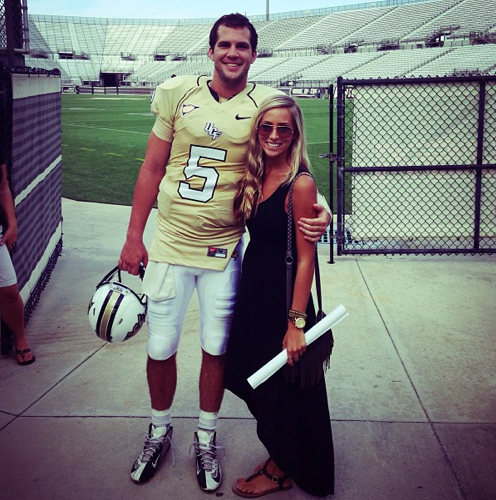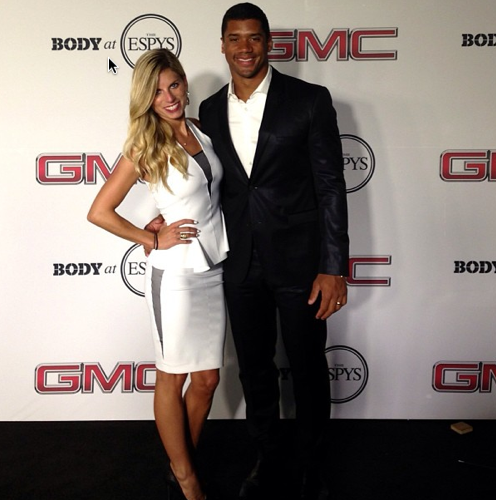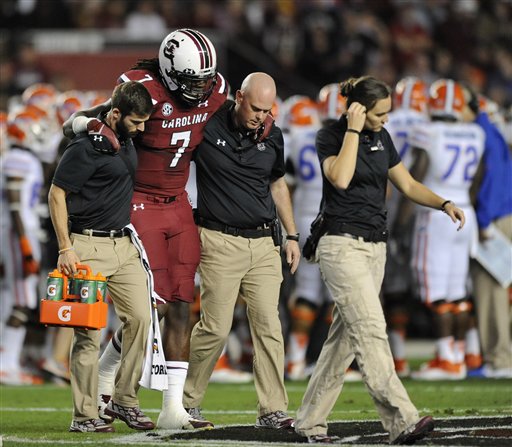I can’t gin up any enthusiasm for the NFL Combine. Back in the days when America resembled the Soviet Union and was treated to only one televised college football game a week, the combine was the first chance for NFL teams to evaluate players. The event even resembles Soviet Russia by using Stakhanovite metrics like measuring how fast someone can run 40 yards and how many times a player can bench 225 pounds. But this is football, a real sport. They're not trying to be the best at exercising.
The combine is notable today in so far as it shows how the current trends in the college game transition to the pro game. One example is the spread option. The professional value in that specific college scheme in the pros is through the offensive line, not the backfield. That's why Auburn offensive lineman Greg Robinson is garnering more excitement than Heisman candidate running back Tre Mason.

The Combine is also of note as it’s the first legitmate front in the war being waged for the future of the quarterback position. Lions of the position in Peyton Manning and Tom Brady are beginning to fade away, leaving room for mobile signal callers Colin Kaepernick and Russell Wilson.
This season's "RGIII versus Andrew Luck" debate is embodied with the face of the dropback prototype: Central Florida's Blake Bortles.

2012 Heisman winner Johnny Football represents the NFL's adoption of the zone read philosophy.

Even though the zone read brought an unlikely division title to D.C. and has clowned the Green Bay Packers in two straight post seasons, so far the offense has only won titles in Madden video games
The future of the mobile quarterback is Russell Wilson, where mobility is used more in keeping plays alive than making them on his own.

As in political media, the sports media have a nasty habit in ramming narratives down our throats without context. The overarching story going into the 2014 Combine was all about how defensive lineman Jadeveon Clowney would continue to disappoint. Clowney was touted as a Hesiman contender at the end of the 2012 season, but a junior campaign of double teams and having offenses scheme away from his spot in the defense created the idea that Clowney isn’t the best player available. Him benching only 225 21 times fueled the fire.
Then Clowney did this.
We’ve seen this every year. A player has a dynamite sophomore season.
![]()
He then gets schemed going into his junior year, where his main goal to remain healthy for the NFL.

Then he goes and outruns one of the fastest quarterbacks in the 40-yard dash. Since the Combine is built to fuel narratives and expose weaknesses, we won’t truly see Clowney’s full range of talents until his pro day.
In John Feinstein’s outstanding "Next Man Up," the consistently competitive Balitmore Ravens shared their draft strategy of selecting the best player available, regardless of position, and making a way for him to fit in on their team because football players are well, football players.
I’m fully expecting Houston to take Bortles because Lindsey Dukes belongs in the state of Texas.

Also the Texans need a quarterback, which takes precedence over any other team requirement.
Clowney reminded everyone this weekend that he is the best player available in one of the deepest drafts in years.
